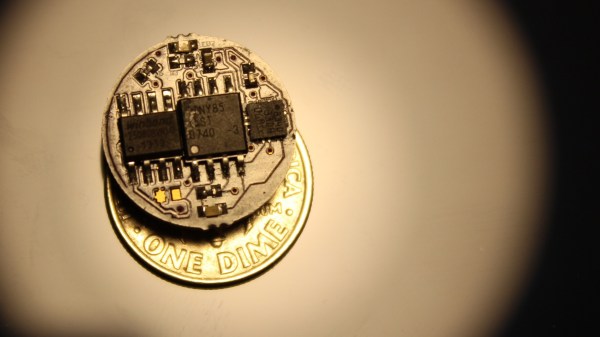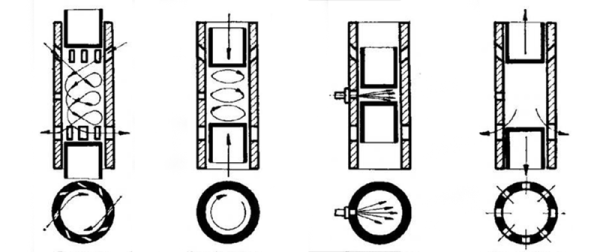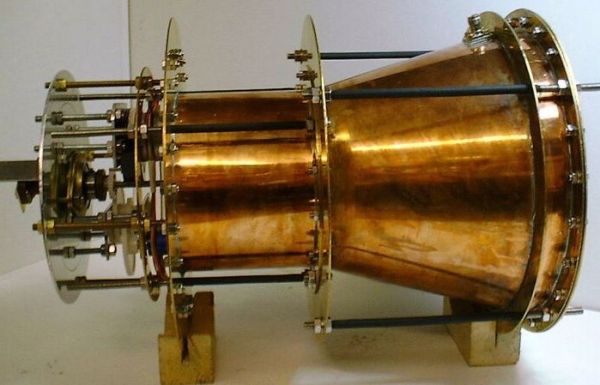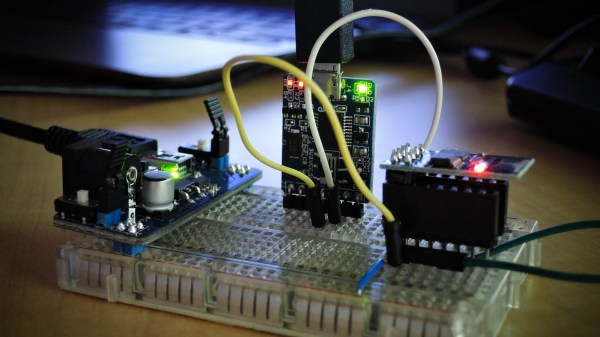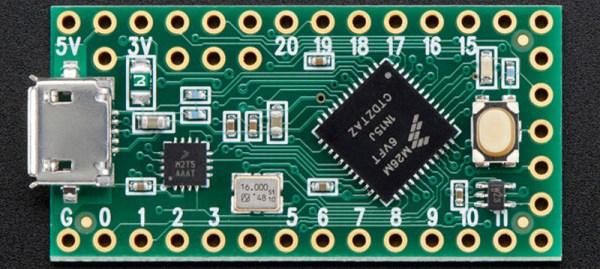Modern hydrogen fuel cells are incredible pieces of engineering. While a simplistic diagram of a fuel cell is just a stream of hydrogen, an anode, cathode, and a bit of oxygen, this does’t convey the complexity of the most important part of the fuel cell – the proton exchange membrane.
The proton exchange membrane is the part of a fuel cell that takes in hydrogen, spits out electrons, and produces water. They can be made from platinum to expensive DuPont products, and if [Charlie]’s hypothesis is correct, stuff you can pull out of a junkyard.
The goal of [Charlie]’s Prize entry is to create a small, proof of concept fuel cell that’s safe, low cost, and very easy to build. Right now he’s focused on finding a cheap, readily available proton exchange membrane to make this build accessible to everyone.
A hydrogen fuel cell will of course have pressurized hydrogen in it, and [Charlie] is taking some steps to mitigate the risks of having his limbs blown off. His first real project update is about the safety considerations of working with hydrogen. He’ll be using a simple hydrogen gas sensor to measure for leaks and sound an alarm.







